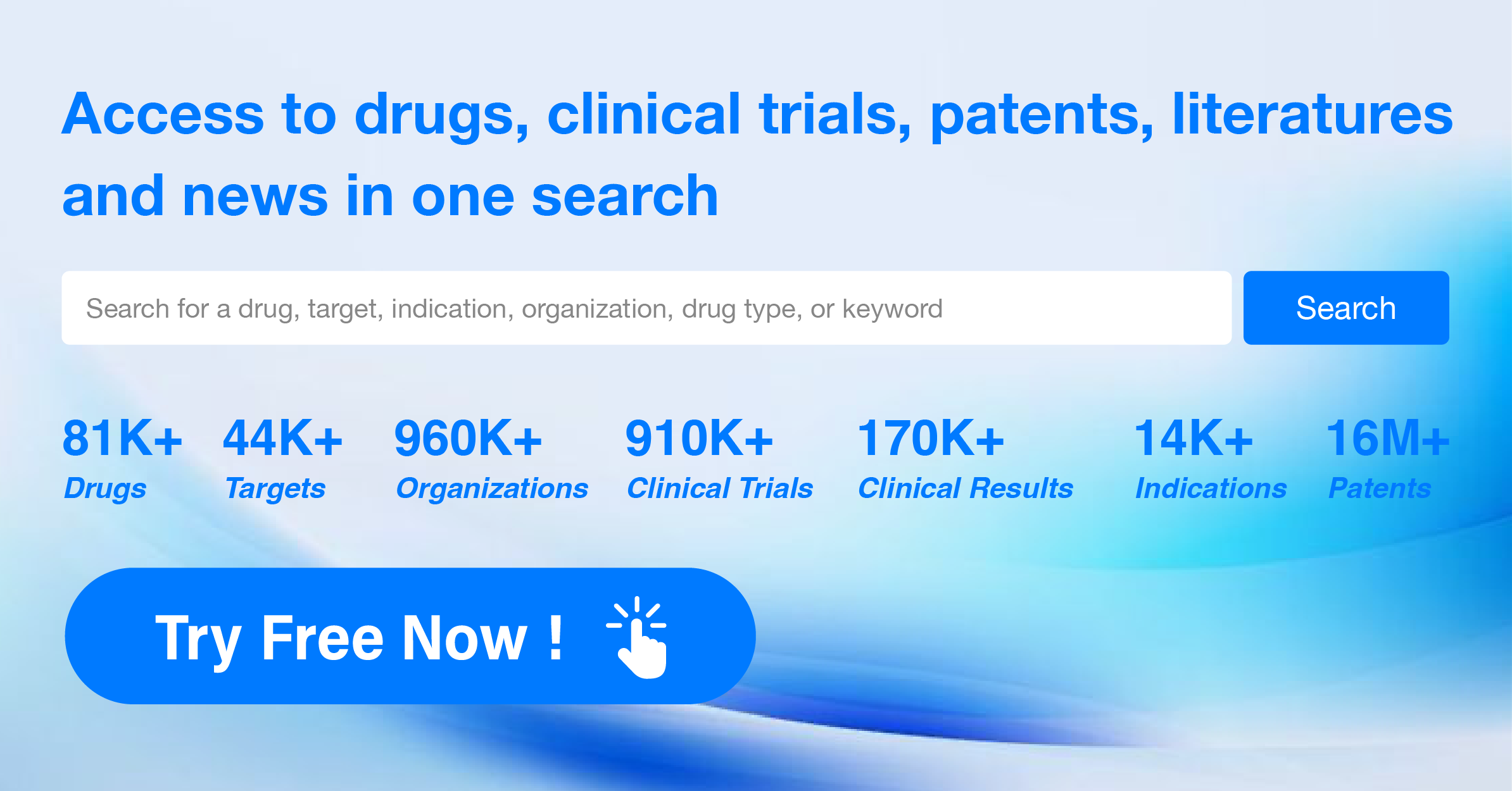What are the methods for radiolabeling antibodies?
The main methods for radiolabeling antibodies include the following:
Direct labeling method: This method involves using a radioactive isotope to directly react with the amino acid residues on the antibody molecule, thereby attaching the isotope to the antibody. Commonly used radioactive isotopes include 125I and 131I, which can undergo iodination reactions with the tyrosine residues in the antibody.
Indirect labeling method (Bolton-Hunter method): In this method, the radioactive isotope is first labeled onto a specific labeling reagent, which is then chemically coupled to the free amines of the antibody, avoiding damage to the antigen-binding structure of the antibody.
Radionuclide labeling method: For example, 89Zr is a commonly used PET imaging nuclide, with a half-life matching the biological half-life of antibodies, making it suitable for studying the in vivo tissue distribution of antibody drugs. 89Zr can form a stable complex with antibodies via chelators such as DFO.
Pre-targeting strategy: This method utilizes a specific affinity coupling system, where the tumor-specific antibody and the radioactive nuclide are modified separately and injected sequentially. The affinity coupling system then labels the antibody at the tumor site.
Radionuclide labeling techniques: These involve the use of different radioactive isotopes, such as 68Ga, 89Zr, 18F, etc., which are labeled onto the antibody through specific chemical methods for PET or SPECT imaging.
Enzyme-linked immunosorbent assay (ELISA): Although not a direct radiolabeling method, ELISA can be combined with radiolabeling techniques by using an enzyme-labeled secondary antibody to detect and quantify antigen-antibody complexes.
Radioimmunoassay (RIA): This method utilizes radioactively labeled antigens or antibodies for analysis, either in a competitive RIA or non-competitive RIA (IRMA), the latter including one-site IRMA and two-site IRMA.
Each method has its specific applications and advantages/disadvantages. The choice of labeling method depends on the characteristics of the antibody, the required imaging modality (e.g., SPECT or PET), and the specific experimental requirements.




